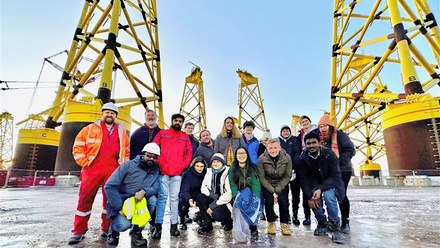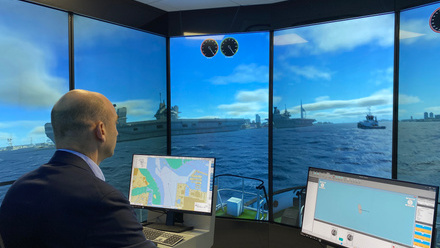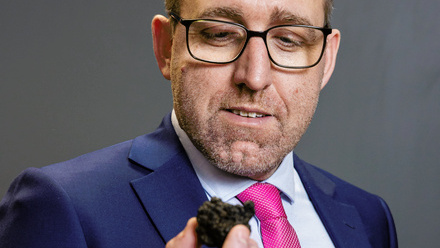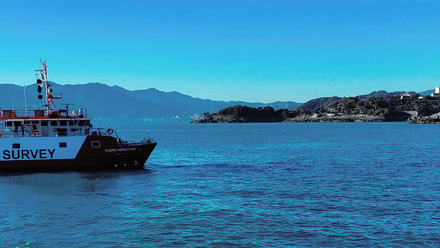The exponential benefits of SIG collaboration
From ballast water management to superyachts to ocean governance, the IMarEST Special Interest Groups (SIGs) provide opportunities for IMarEST members to create new relationships, learn new things, and share knowledge with their communities. When SIGs collaborate, those benefits increase exponentially.
If you want to be part of a community of people with similar interests, to share knowledge, and to learn new things, joining a SIG is an excellent place to start. Each SIG “has its own remit and goals,” says Tim Chesher, co-chair of the Coastal Science and Engineering SIG (CSESIG). “Some could have a very specific, time-limited focus. They could focus on a particular topic or be very broad, like the CSESIG.”
Regardless of whether a SIG has a broad or a narrower remit, its interests likely overlap with other SIGs to some extent. With no single SIG having expertise in everything, collaboration among the SIGs presents a unique opportunity to stay abreast of knowledge, technology, techniques and policy from those with more specialist expertise. “A quick [online] search can help you find some information, but it’s always much better to be able to go to someone and ask, ‘Is this right?’ or ‘Have you got the latest guidance?’,” says Chesher.
Of course, collaboration between SIGs isn’t just about having access to specific knowledge or expertise as and when you need it. It’s about gaining knowledge you didn’t know you needed, and creating broad networks that can help move the goals of the SIGs and individual members forward.
In November 2022, the CSESIG joined forces with the Marine Mammals Special Interest Group (MMSIG) to host a workshop on the sources and effects of marine noise on marine mammals. “The idea was that we could bring together the coastal engineering and science people with those working on the ecology side,” says Niru Dorrian, co-chair of the MMSIG.
Indeed, marine mammals and coastal science and engineering have a strong overlap. Taking noise as an example, offshore and nearshore developments, and even vessel traffic, create noise that can be disruptive and potentially harmful to marine mammals. For this reason, “marine mammals are often ingrained in environmental impact assessments, getting consents and permits for developments and shipping,” says Dorrian. “So, even though [the MMSGIG] is specialised in marine mammals, its reach goes across the marine sector.”
With the workshop considered a success, Chesher and Dorrian are looking to create collaborative events with other SIGs. Chesher, for example, is currently scoping out options with the Operational Oceanography and the Offshore Renewables SIGs.
For those interested in creating a collaboration with another SIG but feeling overwhelmed by the idea, Chesher notes that you don’t have to create a huge event. “It can be very light touch, like a ‘lunch and learn’ where someone gives a talk online with a few questions at the end.” With the option to record and put online events on the IMarEST website, even those who couldn’t make an online session can benefit.
Regardless of the size or timescale of the collaboration, Dorrian recommends honing down what you hope to get out of the collaboration, such as filling in knowledge gaps and even identifying ‘unknown unknowns’. For example, “in the offshore ecology side, mitigation and compliance are sometimes written and developed by people who’ve never been in the field or have a real grasp of marine mammal ecology,” says Dorrian. “You can’t expect everyone to know everything. There will always be knowledge gaps, so sharing knowledge will always be important.”






